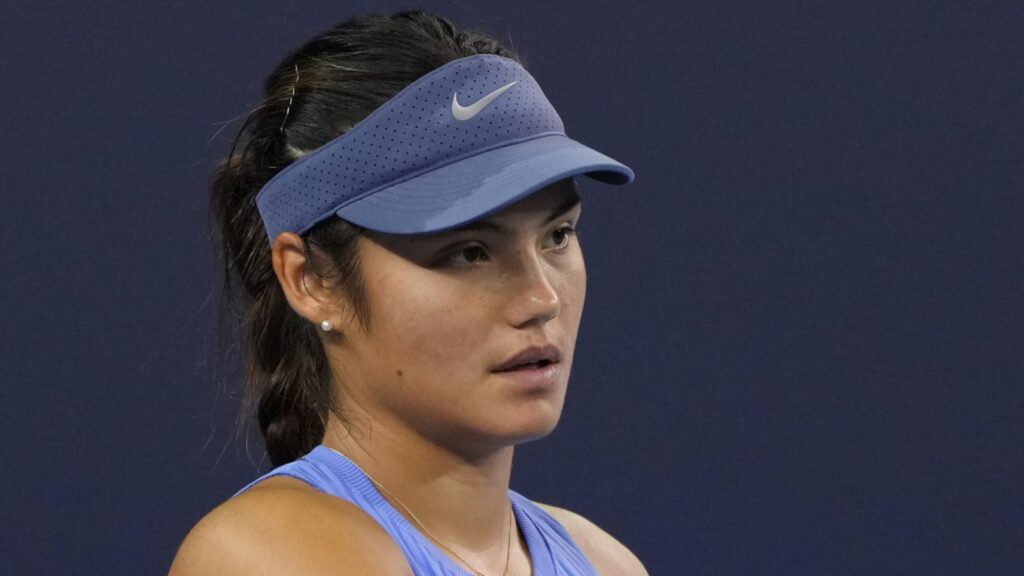The recent scenes from tournaments across Asia have exposed a growing crisis in professional tennis the toll of extreme heat on players. From Shanghai to Wuhan, top athletes have been visibly suffering, collapsing, and withdrawing as soaring temperatures and suffocating humidity make conditions nearly unbearable.
In Shanghai, Jannik Sinner was forced to retire mid-match after cramping and struggling to move due to relentless heat and humidity. Other players, including Terence Atmane, Hamad Medjedovic, and Francisco Comesaña, also succumbed to the brutal weather, while Novak Djokovic battled vomiting and fatigue during his matches. The women’s circuit has faced similar issues, with Emma Raducanu and Jelena Ostapenko retiring in Wuhan as temperatures soared, and Bianca Andreescu describing conditions as “playing tennis in a sauna.”
The chaos has reignited debate about tennis’s inadequate response to extreme weather. Unlike the Grand Slams and the WTA, the ATP still lacks an official heat rule. Supervisors decide match suspensions in consultation with medical staff, but this case-by-case approach has proven insufficient. Players such as Holger Rune have openly questioned why no unified policy exists, warning that it could take a tragedy to trigger change.
The governing bodies insist that player safety is a “top priority” and that discussions are underway to introduce a standardized heat policy. Yet the fragmented structure of professional tennis split between the ATP, WTA, ITF, and Grand Slam boards continues to slow progress.
With global temperatures rising, the issue has become more urgent. Players are calling for practical adjustments, such as extending recovery time between points and reconsidering scheduling in extreme climates. However, the sport’s calendar remains relentlessly long and physically demanding, with a growing number of retirements, injuries, and walkovers reflecting the strain.
As the season drags on, the toll on player health is undeniable. Unless governing bodies act decisively, tennis risks pushing its stars beyond endurance and turning physical endurance into a matter of survival rather than sport.

